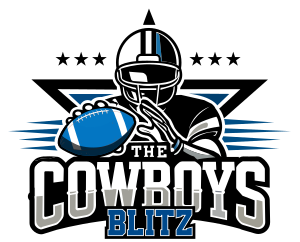nathanlt
Well-Known Member
- Messages
- 4,043
- Reaction score
- 3,045
If one leaves his feet to make a catch and lands, in order on his knee, hip, arm, and then torso............if the force of any of those hitting the ground for the first time (initial contact) causes the ball to squirt away, it is an incomplete pass.
No, NO, NO!!
Initial contact is only the first time ANY part of your body touches the ground. That's usually your foot. Whichever part of the body hits the ground first is the initial contact. Whatever hits the ground after initial contact is precisely secondary contact. You are twisting what was written to introduce a concept that is not mentioned in the existing or previous language.
Newsflash, Dez caught that ball, according to the 2014-15 rulebook and the 2015-2016 rulebook.


